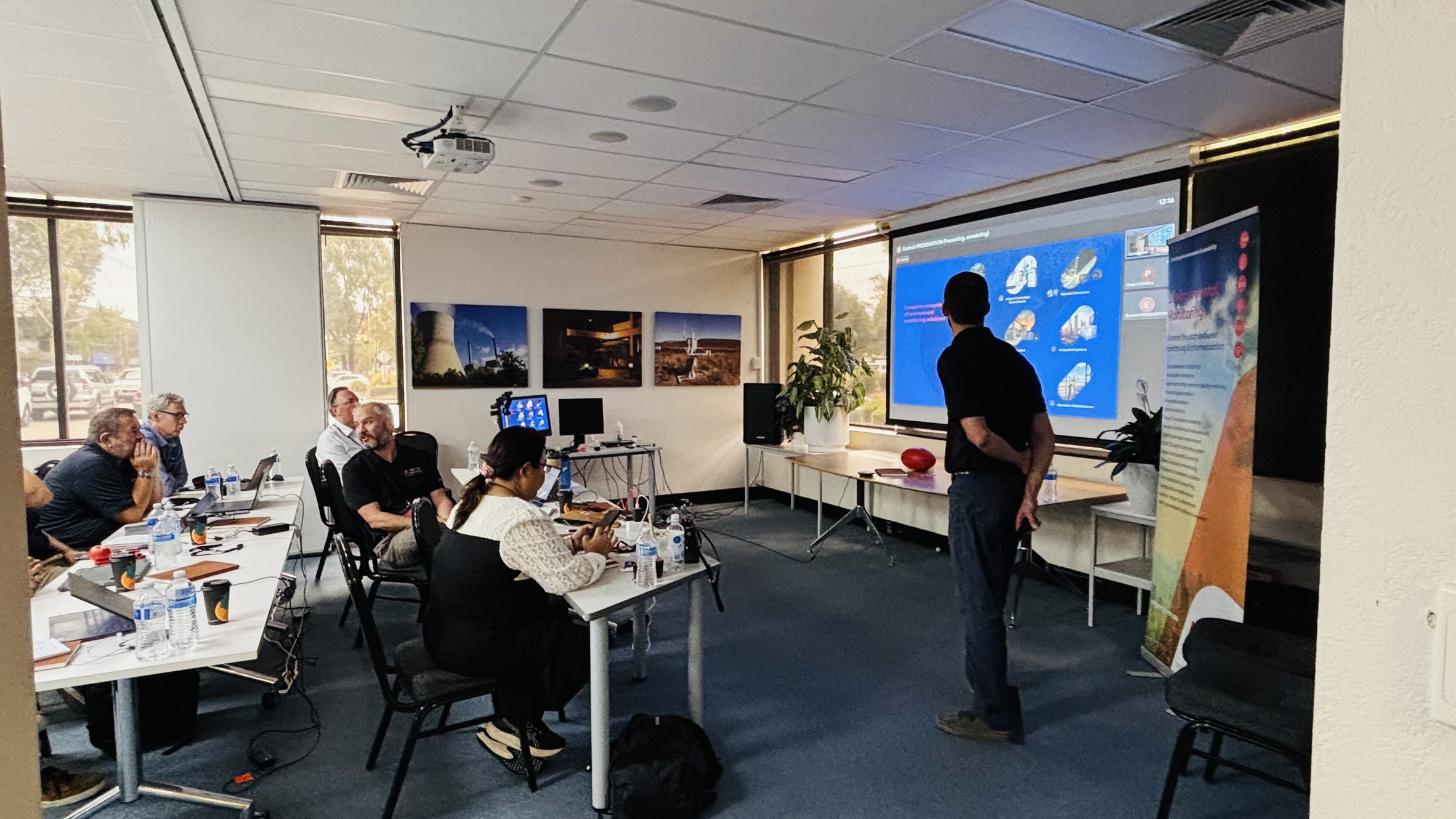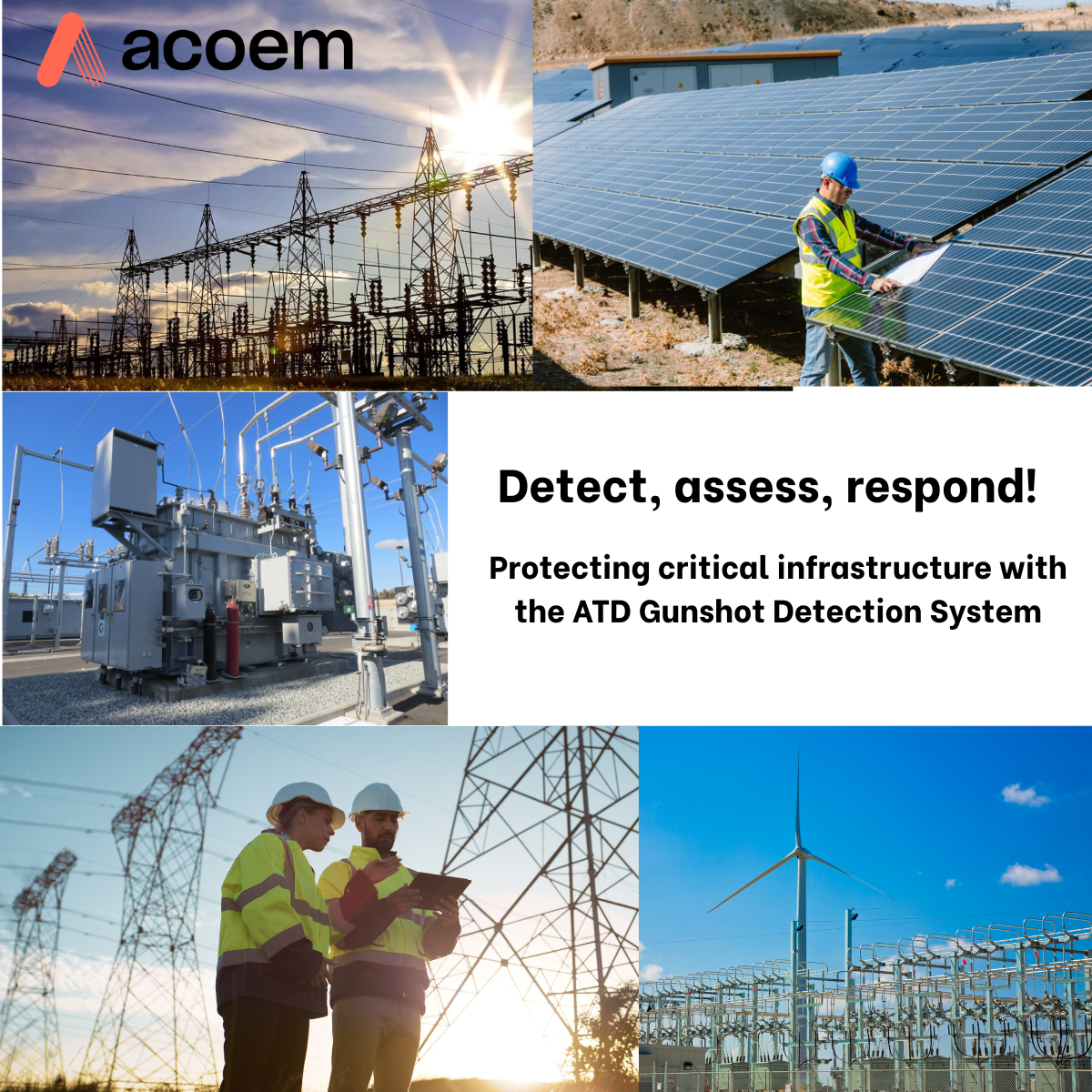The Enduring Importance of Physical Safeguards
In an era dominated by cyber threats, it’s crucial not to overlook the tangible vulnerabilities that can impact critical infrastructure. Physical breaches can lead to immediate disruptions, significant financial losses, and even endanger lives. Robust physical security measures act as the first line of defense, complementing cybersecurity efforts.

CISA’s Multifaceted Approach to Infrastructure Security
The Cybersecurity and Infrastructure Security Agency (CISA) takes a holistic view of security, recognizing the interconnectedness of cyber and physical risks. Their efforts in the physical security domain include:
- Infrastructure Survey Tool (IST): The IST isn’t solely focused on cyber. It’s a valuable resource for assessing the overall security posture of critical infrastructure, encompassing physical vulnerabilities alongside cyber risks. This tool helps organizations identify weaknesses in their physical barriers, surveillance systems, access controls, and emergency preparedness.
- Protective Security Advisors (PSAs): CISA employs Protective Security Advisors who work directly with critical infrastructure partners to provide expertise on physical security planning, risk management, and security countermeasures. These advisors offer on-the-ground support and tailored guidance.
- Regional Resilience Assessment Program (RRAP): This program involves collaborative assessments that often include evaluations of physical security measures at critical infrastructure sites within specific regions. These assessments help identify vulnerabilities and develop strategies for enhanced resilience.
- Training and Awareness Programs: CISA offers various training programs and resources that address physical security best practices, threat recognition, and incident response for physical security incidents.

Emerging Physical Security Concerns and Trends:
- Drone Threats: The increasing accessibility and sophistication of drones present a growing physical security challenge. Critical infrastructure sites need to consider drone detection and mitigation strategies to prevent unauthorized surveillance, potential payload delivery, or other malicious activities.
- Geopolitical Instability and Sabotage: In the current global climate, the risk of physical sabotage targeting critical infrastructure cannot be ignored. Enhanced surveillance, perimeter security that includes gunshot detection, and coordination with law enforcement are vital to deter and respond to such threats.
- Insider Threats (Physical Access): While cybersecurity often focuses on digital insider threats, physical access privileges can also be exploited. Robust background checks, access control systems, and monitoring of personnel with physical access to sensitive areas are crucial.
- Climate Change Impacts: Extreme weather events, exacerbated by climate change, can pose significant physical security risks to critical infrastructure. This includes flooding, wildfires, and extreme temperatures that can damage facilities and disrupt operations. Resilience planning must incorporate these physical environmental threats.
- Supply Chain Physical Security: The physical security of the supply chain delivering components and materials to critical infrastructure is also important. Disruptions or tampering during transit can have significant consequences.

Best Practices in Physical Security for Critical Infrastructure:
- Layered Security (Defense-in-Depth): Implementing multiple layers of physical security controls, including perimeter security, gunshot detection technology, access controls, surveillance systems, and on-site personnel, creates a more resilient security posture.
- Managing Access Control: Implementing stringent access control measures, including biometric scanners, card readers, and security personnel, to regulate who can enter critical areas.
- Comprehensive Surveillance Systems: Deploying and maintaining a network of CCTV cameras with recording capabilities, or even better layering an acoustic threat detection system that can be easily integrated with a PTZ camera and video management system (VMS) system, to monitor facilities and deter potential threats.
- Regular Security Assessments and Audits: Conducting periodic physical security assessments to identify vulnerabilities and ensure the effectiveness of existing measures.
- Well-Trained Security Personnel: Employing qualified and well-trained security personnel who are equipped to detect, deter, and respond to physical security threats.
- Emergency Preparedness and Response: Developing and regularly exercising comprehensive emergency response plans that address potential physical security incidents.
- Collaboration with Law Enforcement and First Responders: Establishing strong relationships and communication channels with local law enforcement and emergency responders.

Integrating Physical and Cyber Security:
It’s crucial to remember that physical and cyber security are not independent domains. They are increasingly intertwined. For example, physical access to a server room can lead to cyber intrusions and cyberattacks can potentially manipulate physical systems. A holistic security strategy must integrate both aspects.
These physical security considerations and best practices provide a well-rounded perspective on how you might enhance your ongoing efforts to protect our nation’s critical infrastructure.






